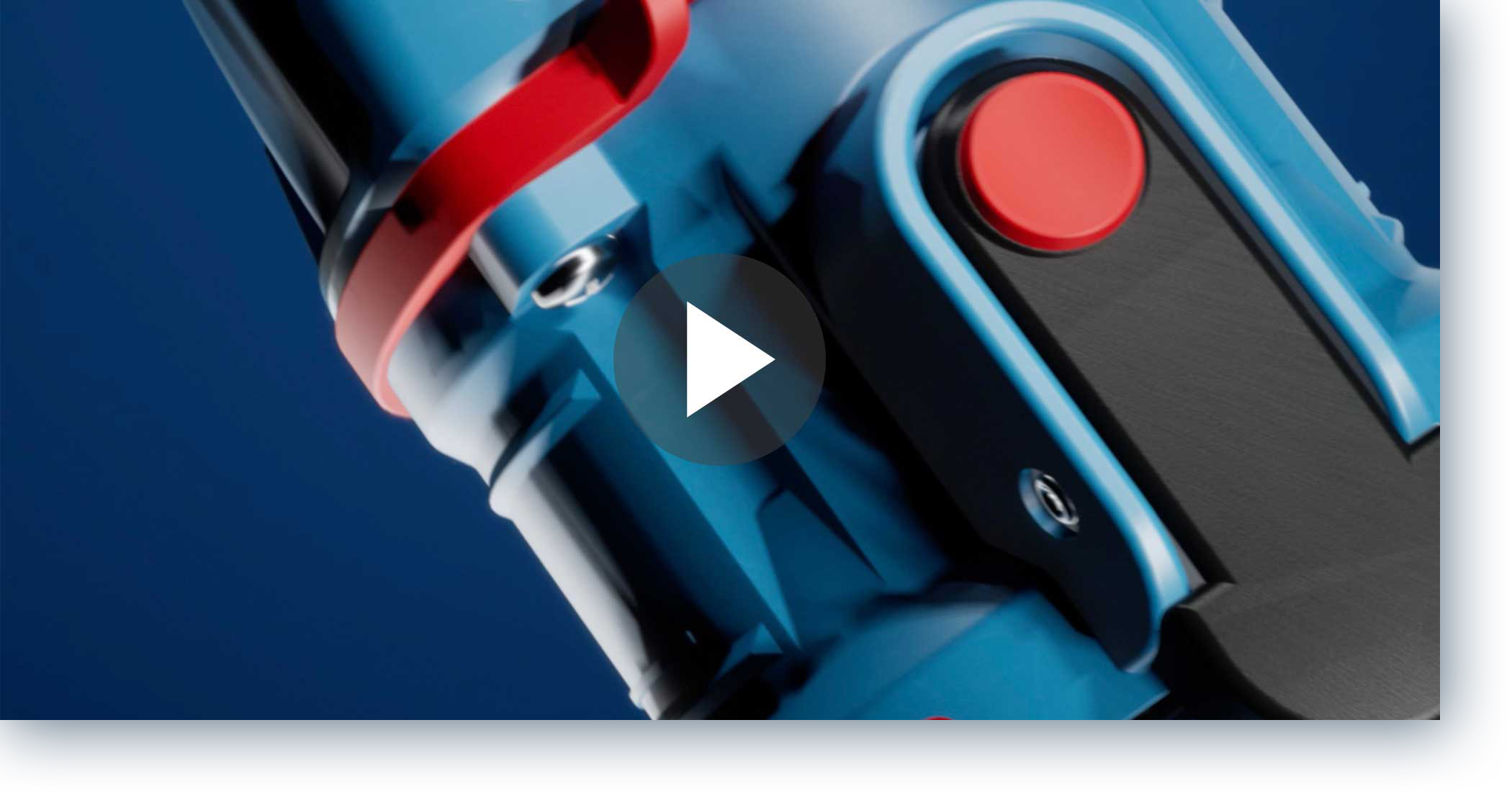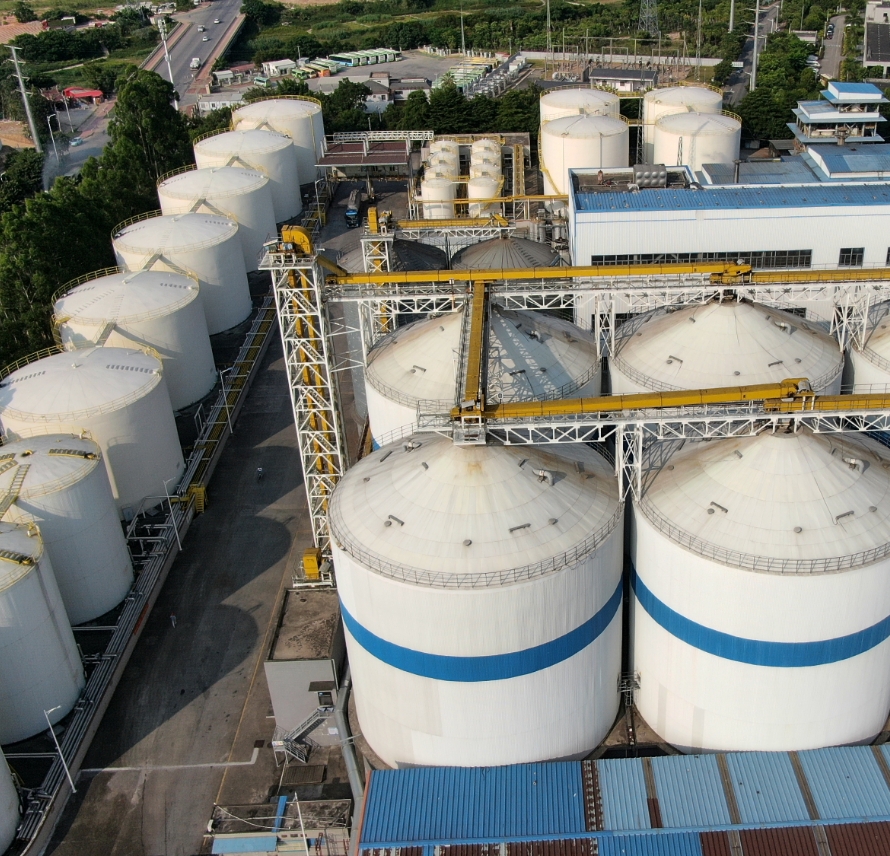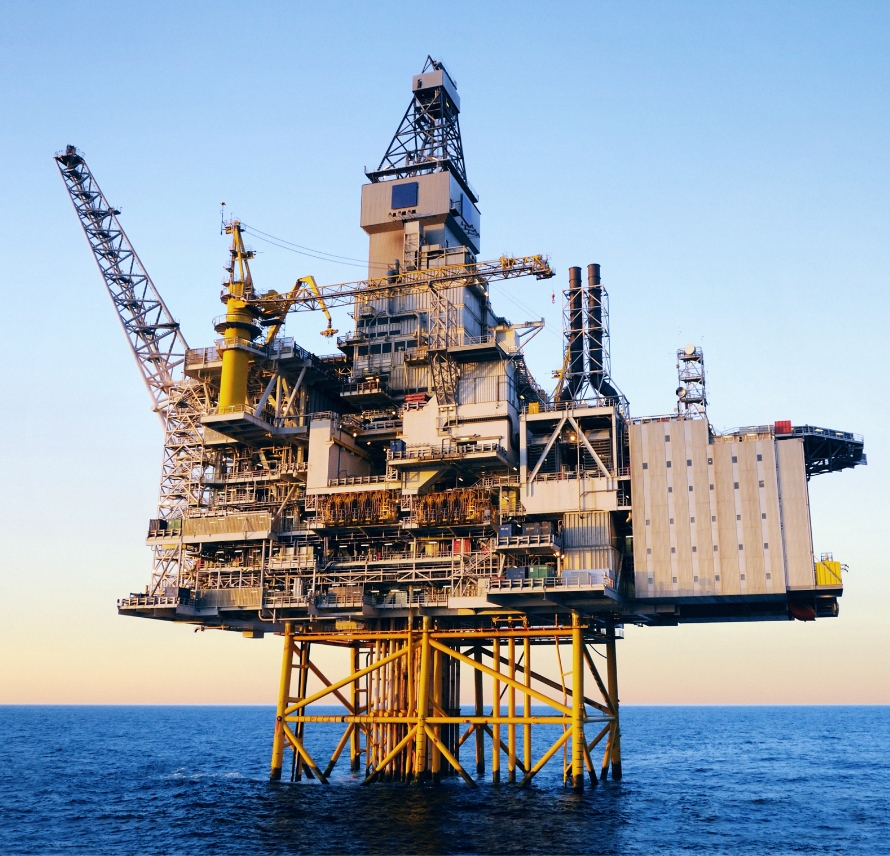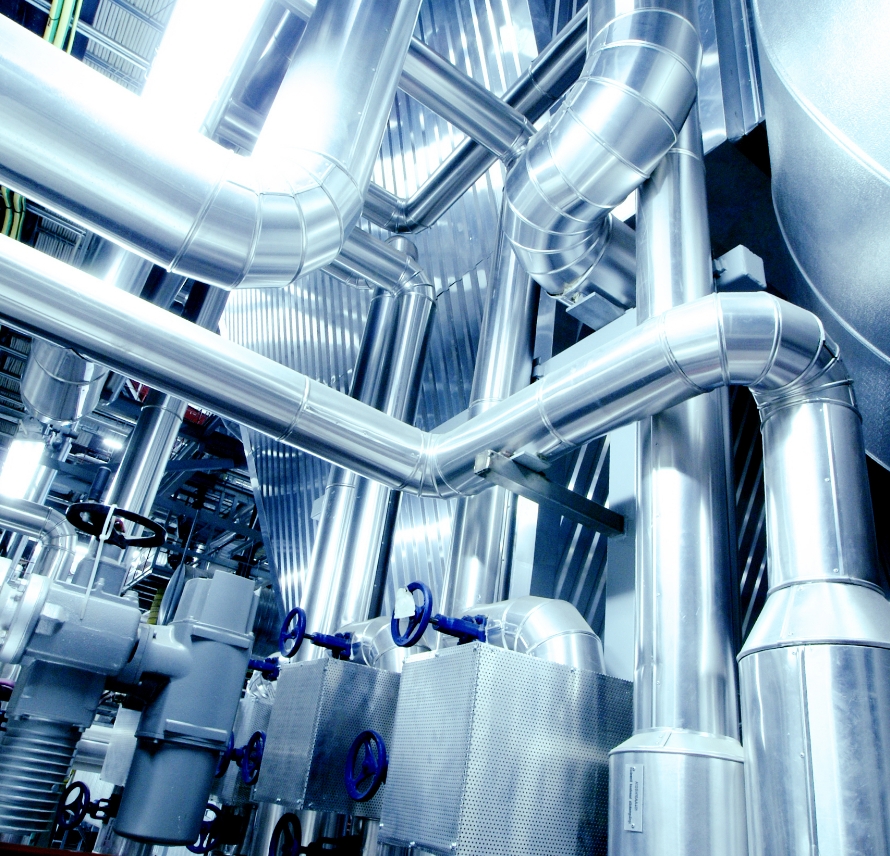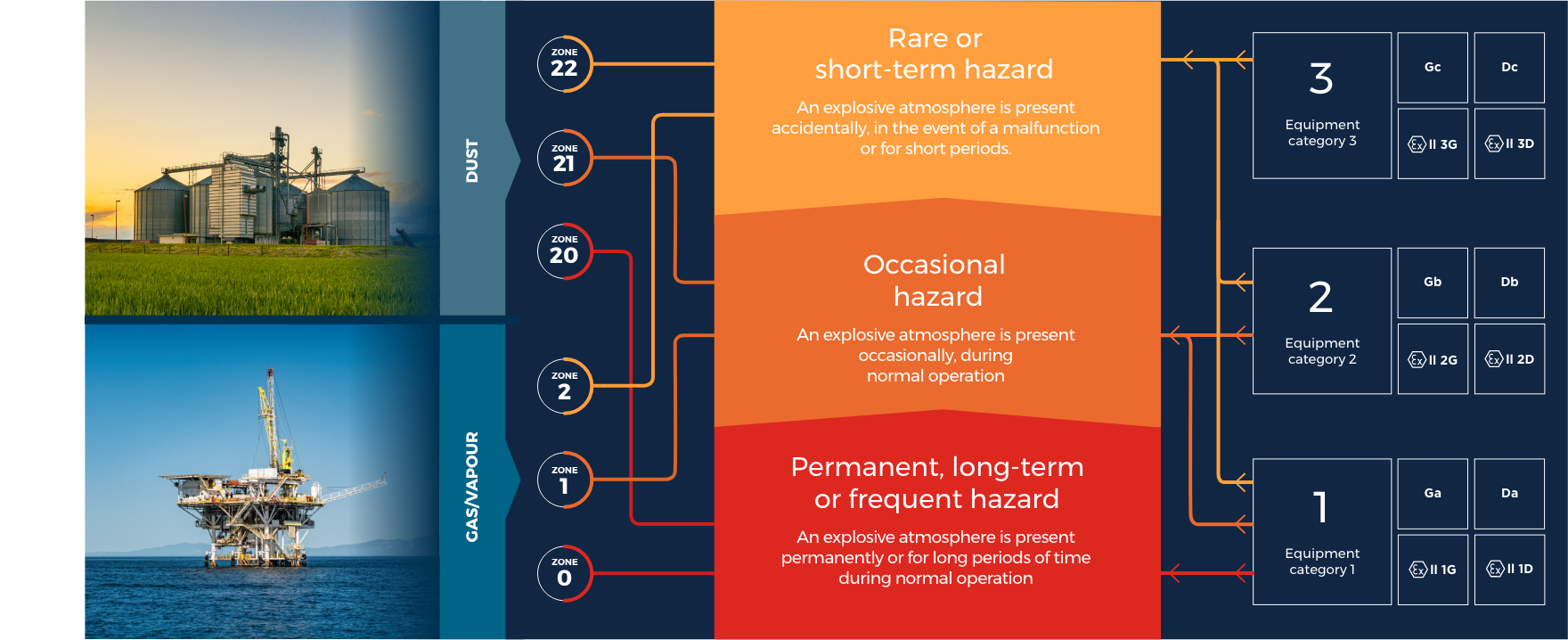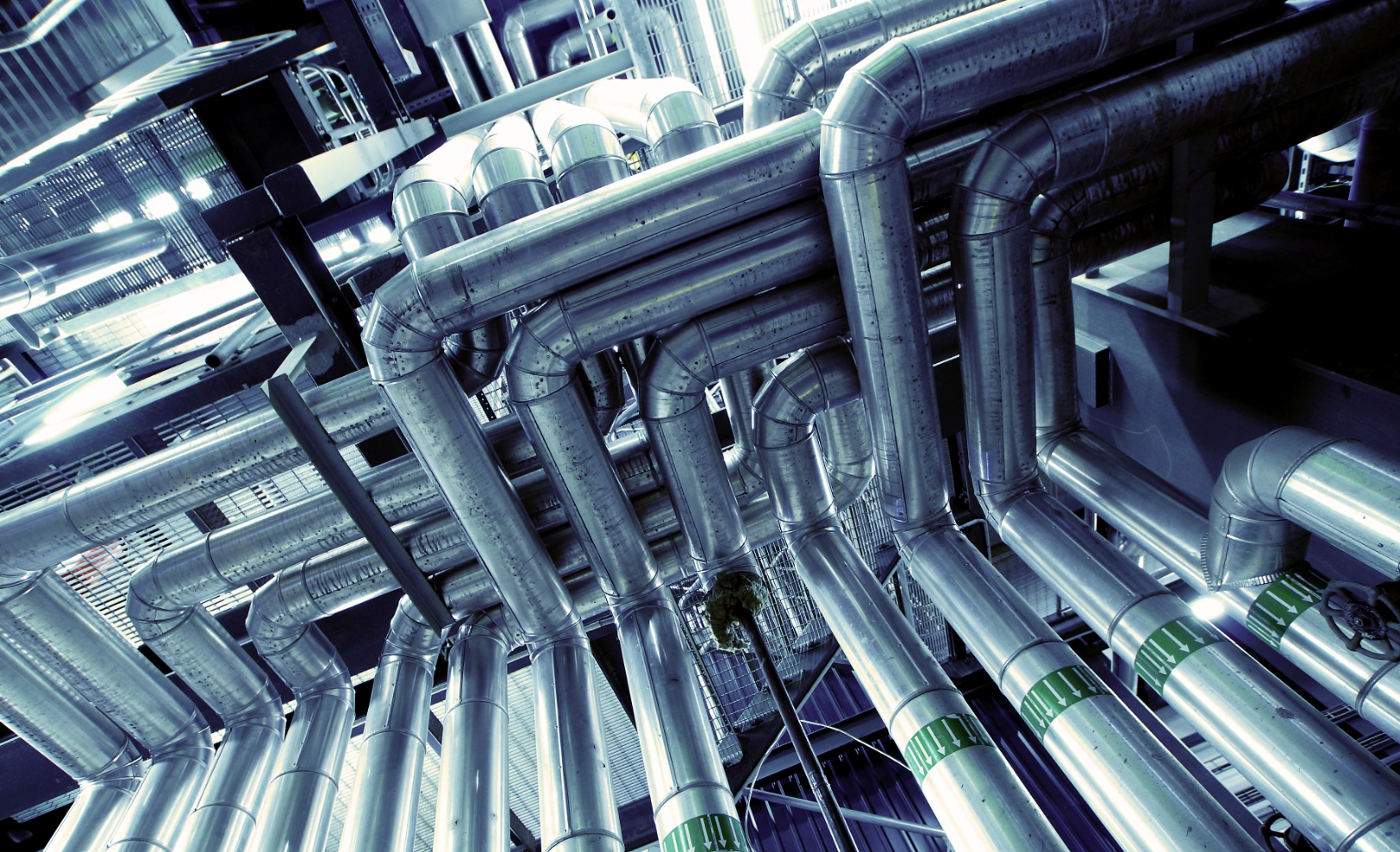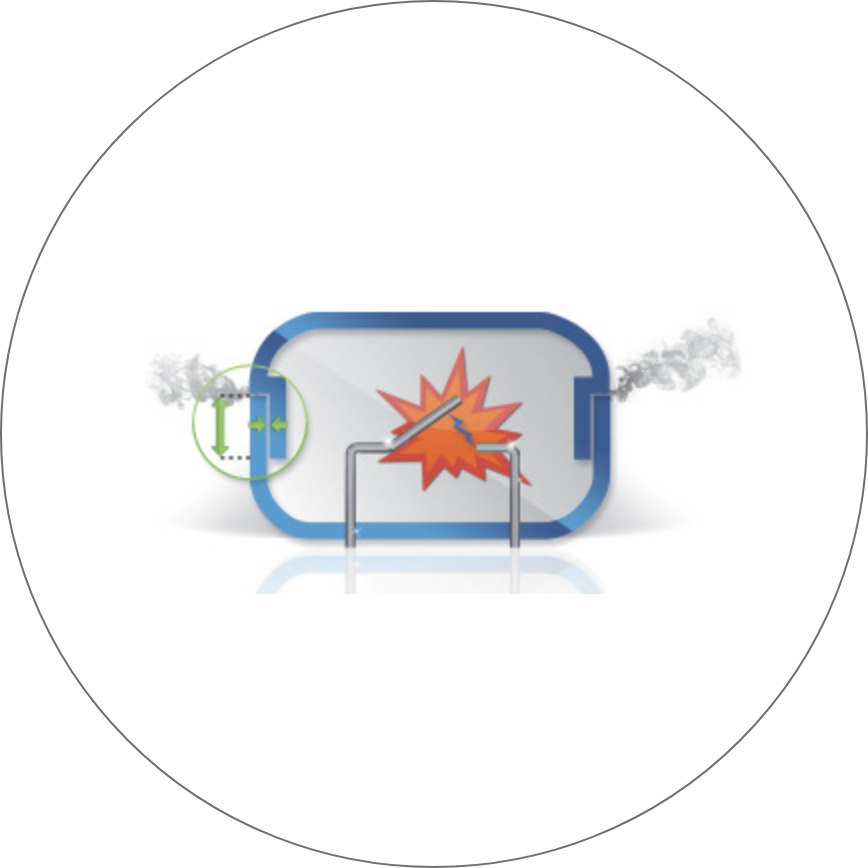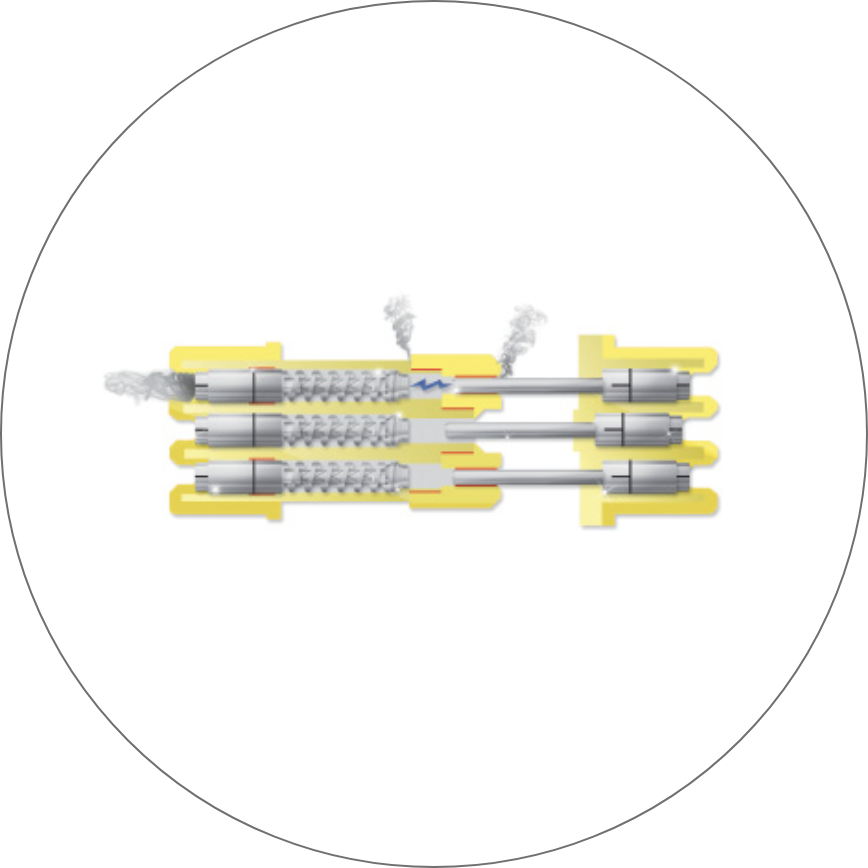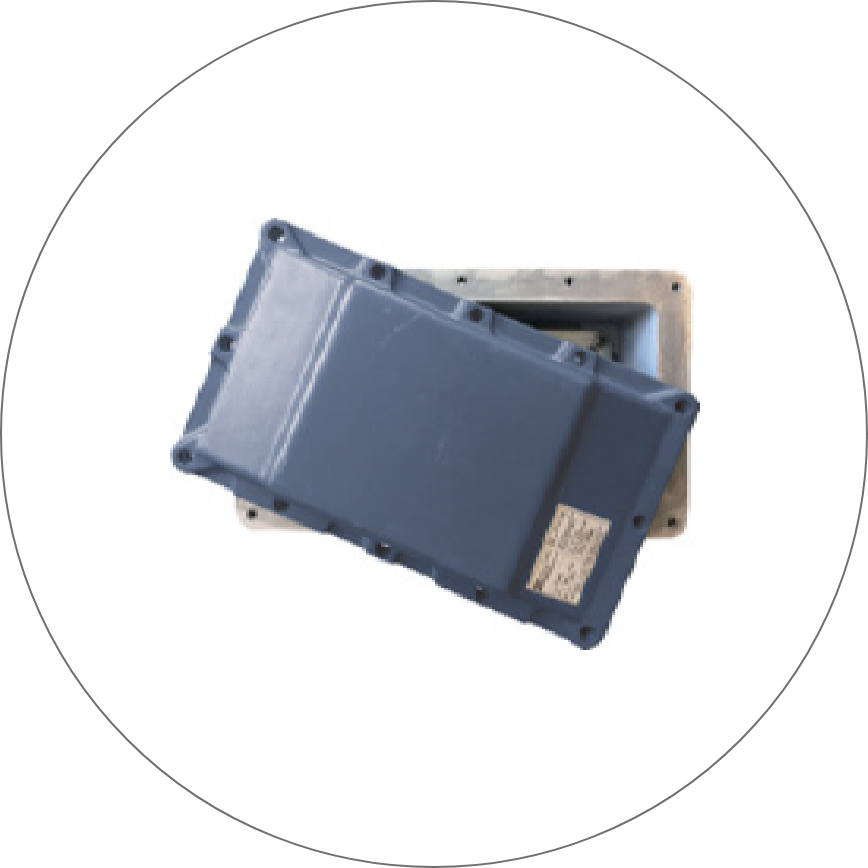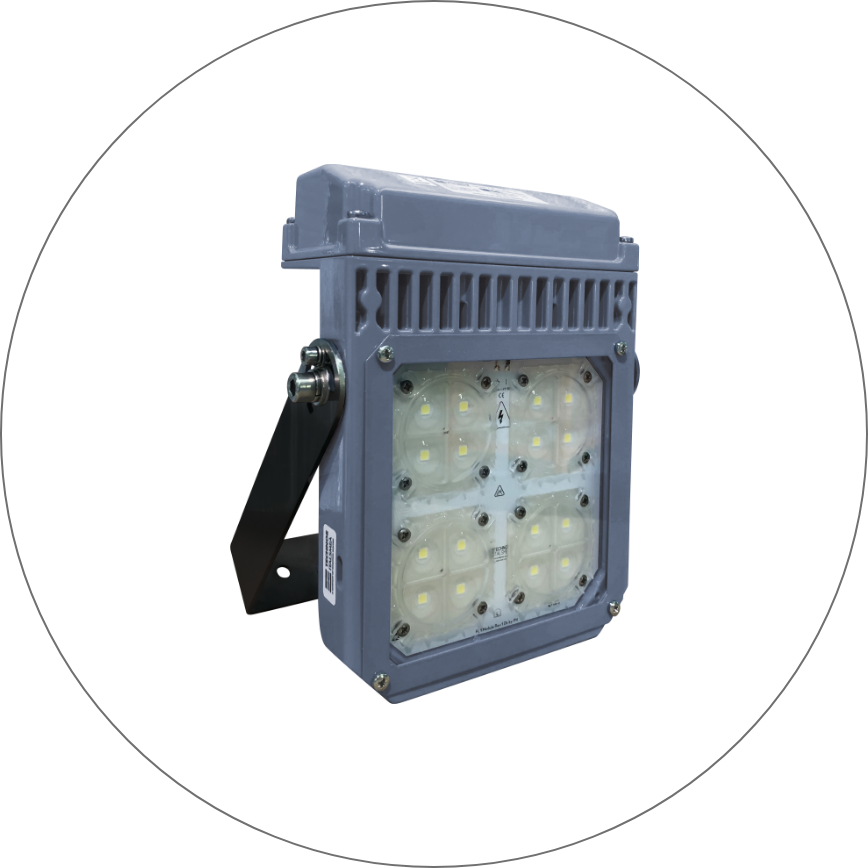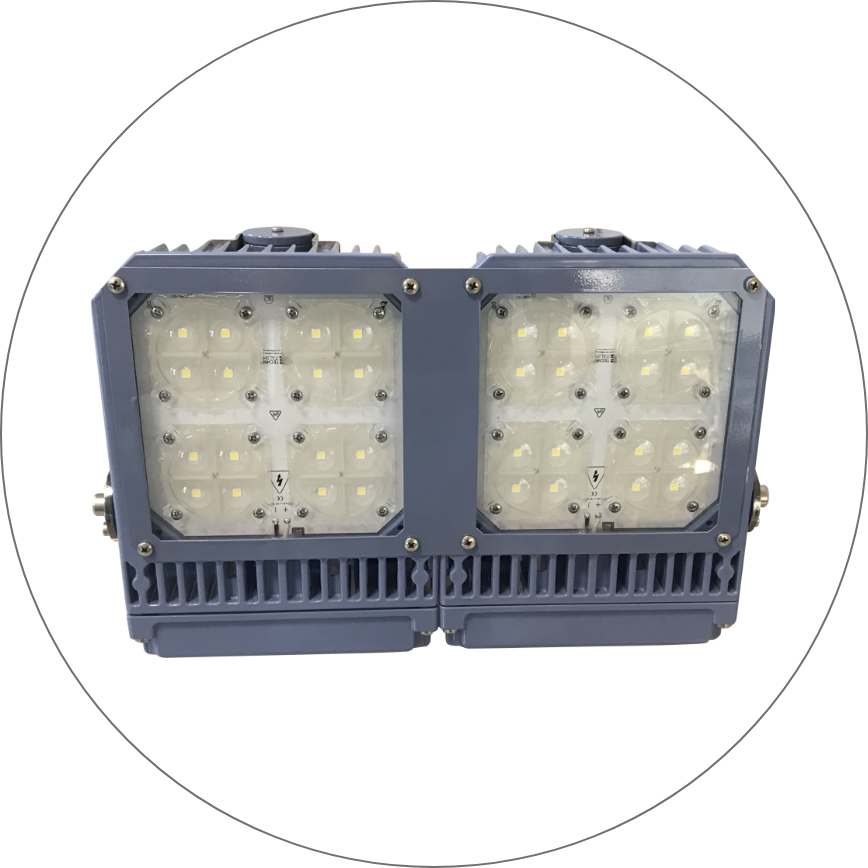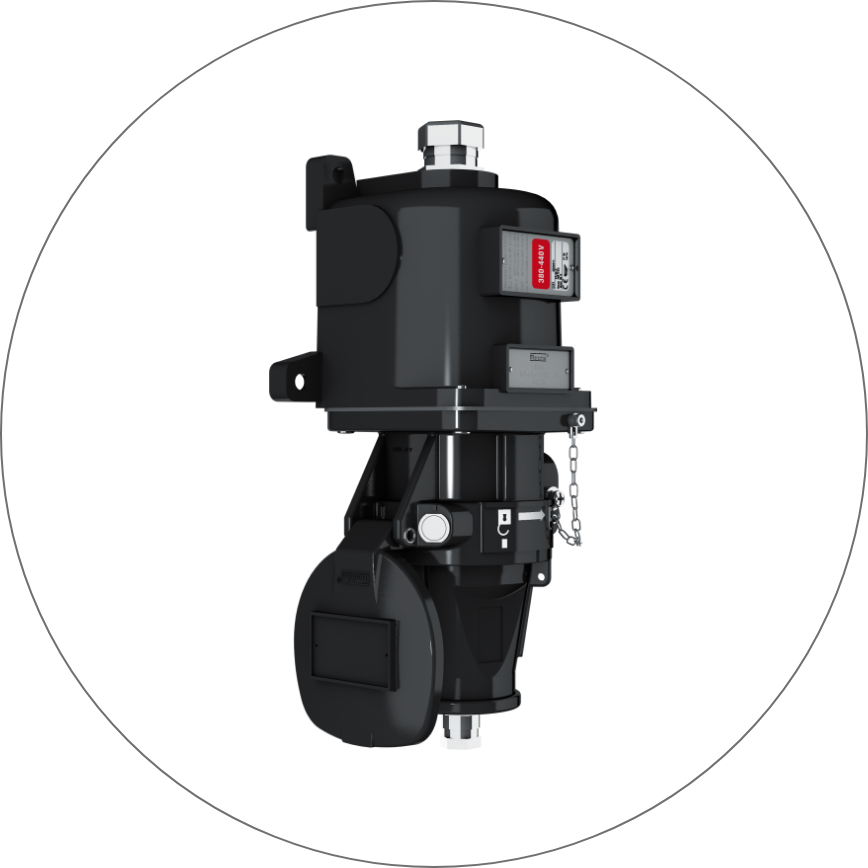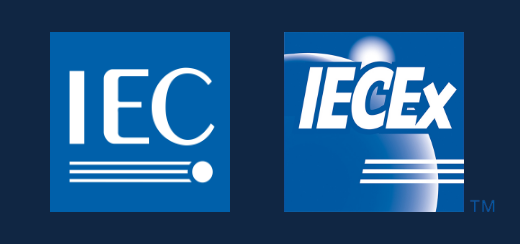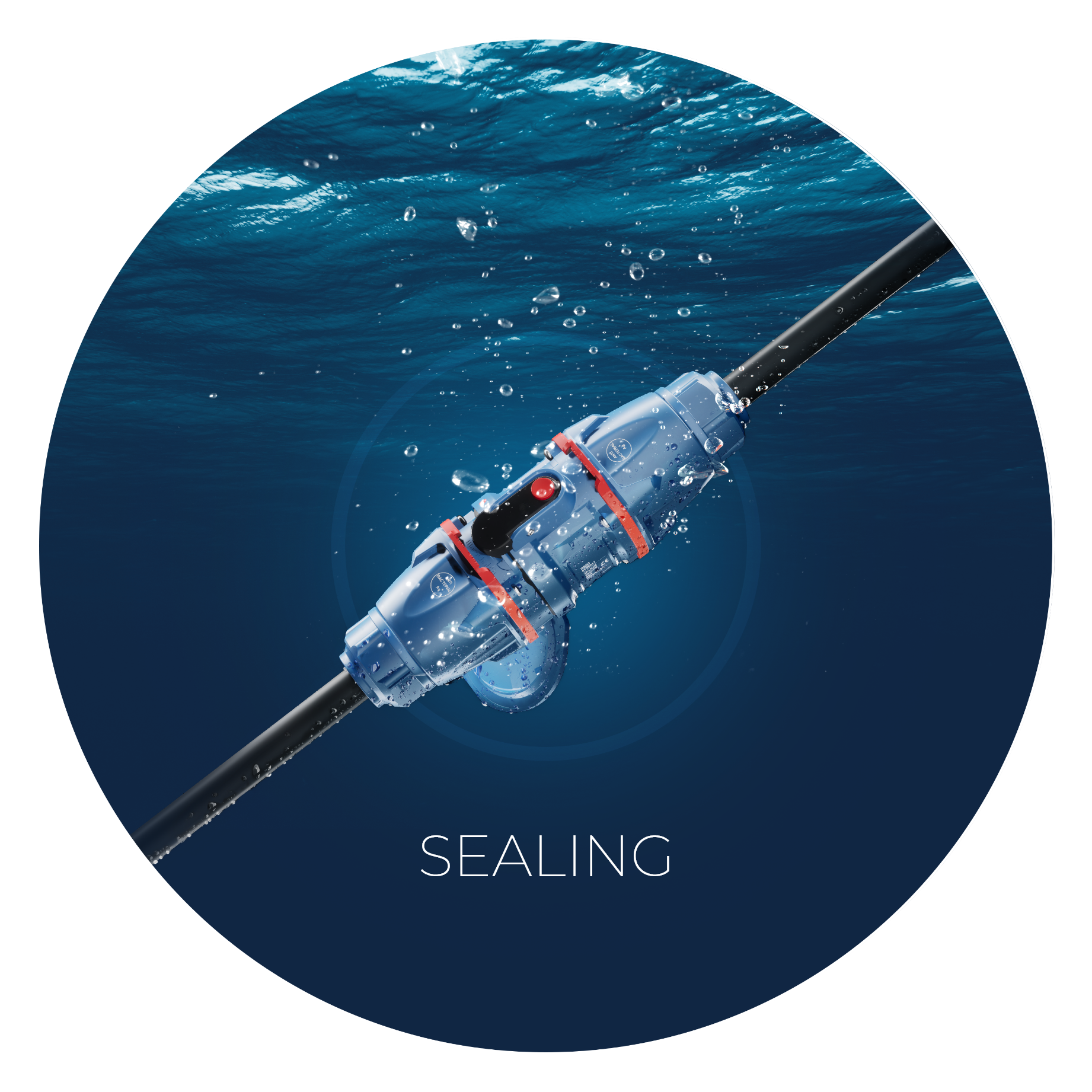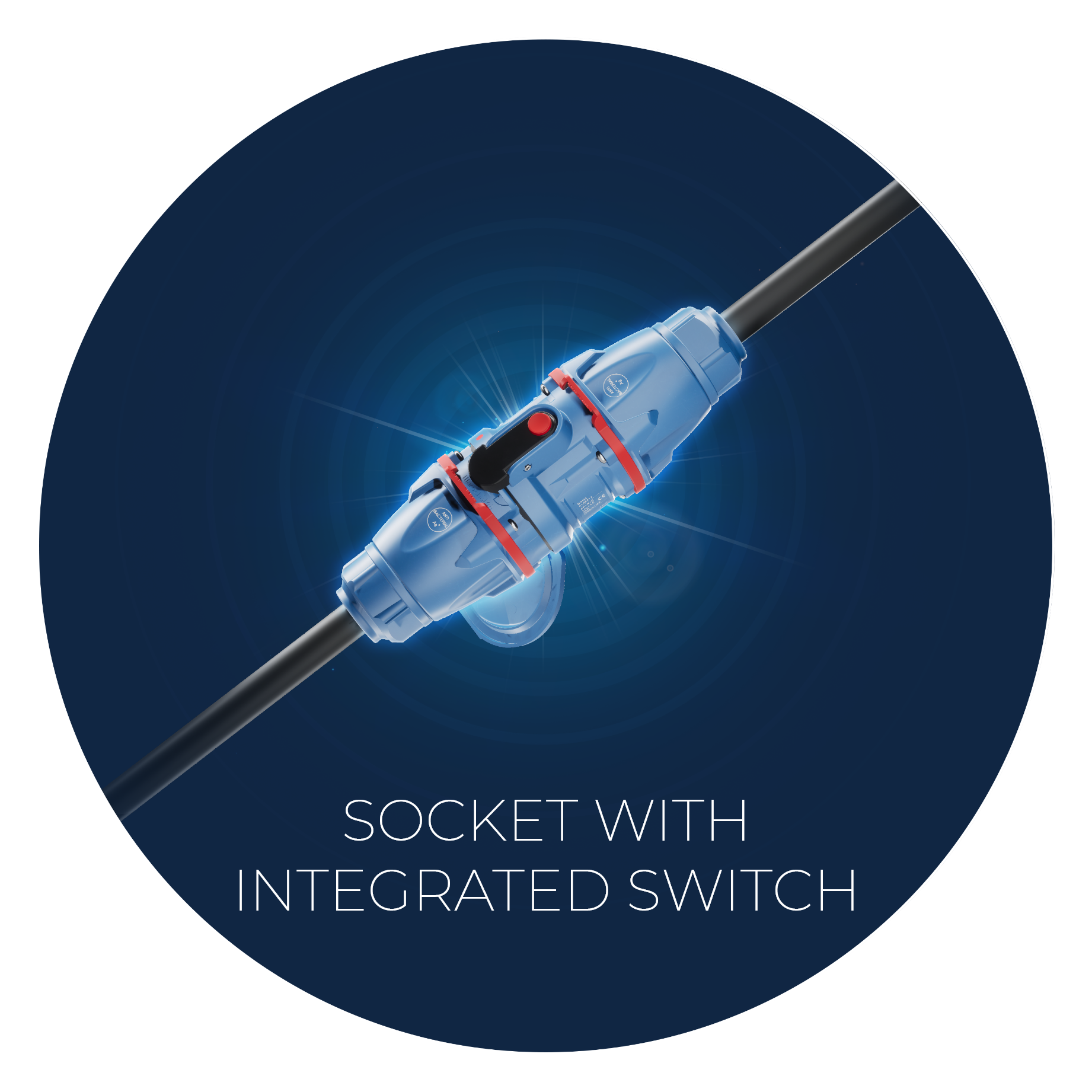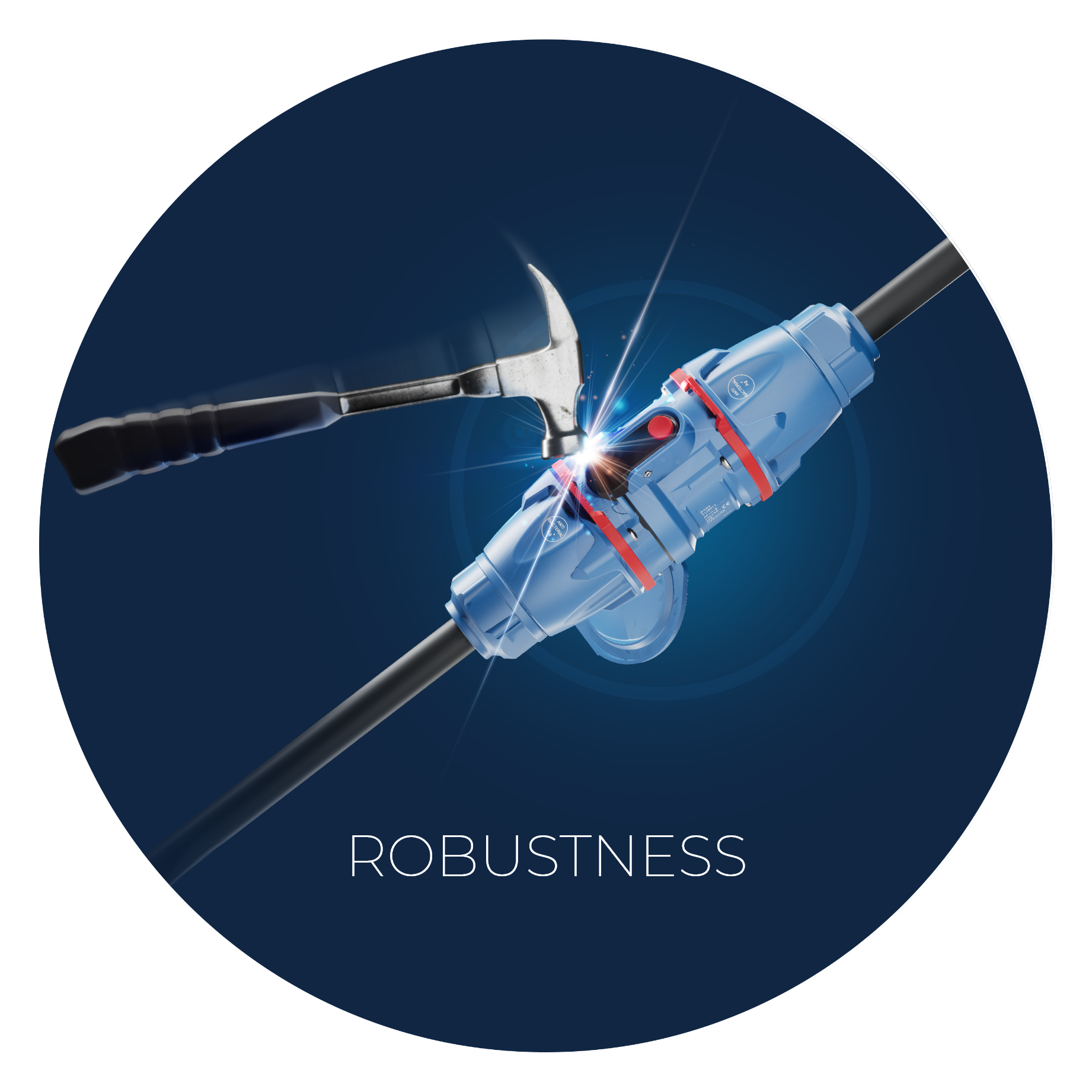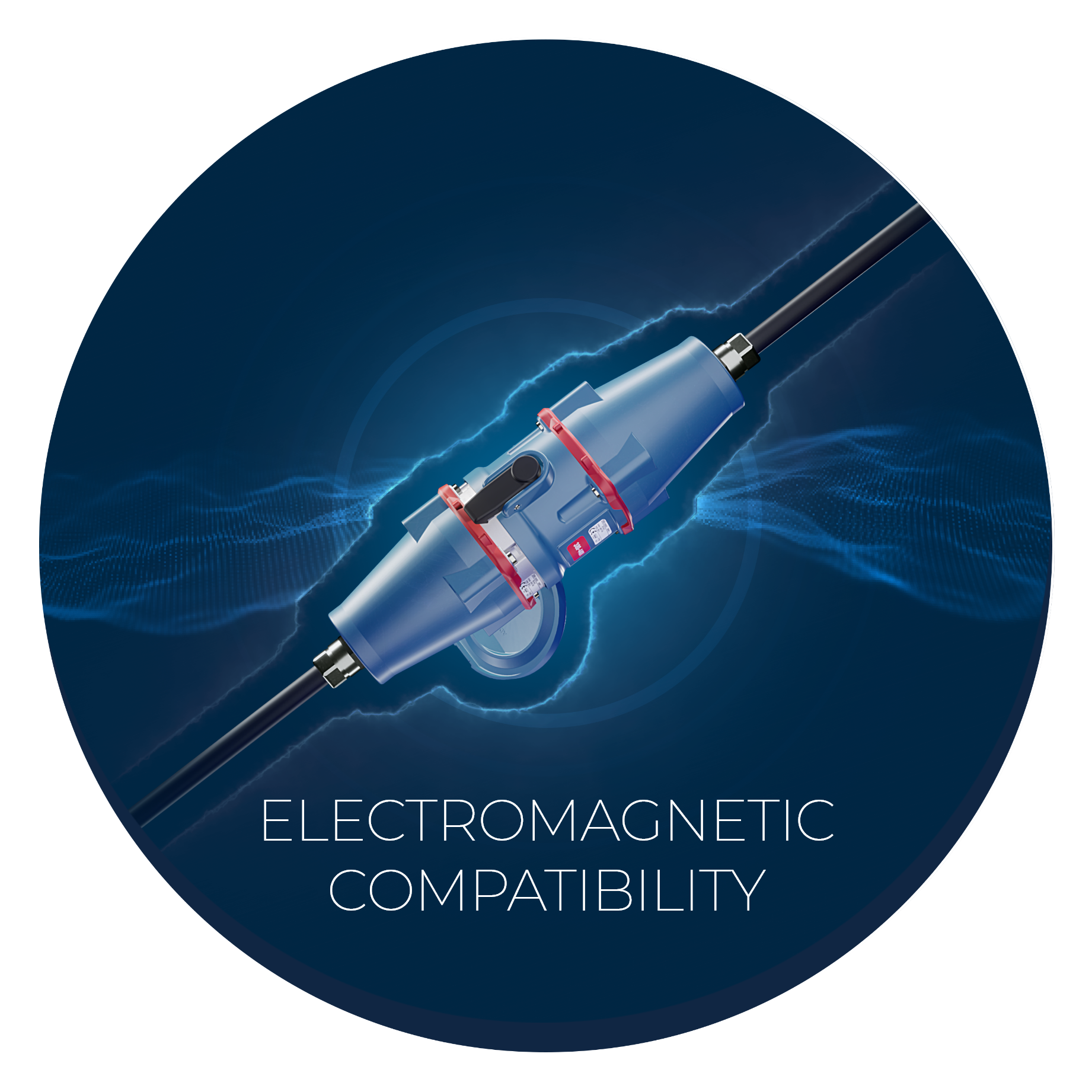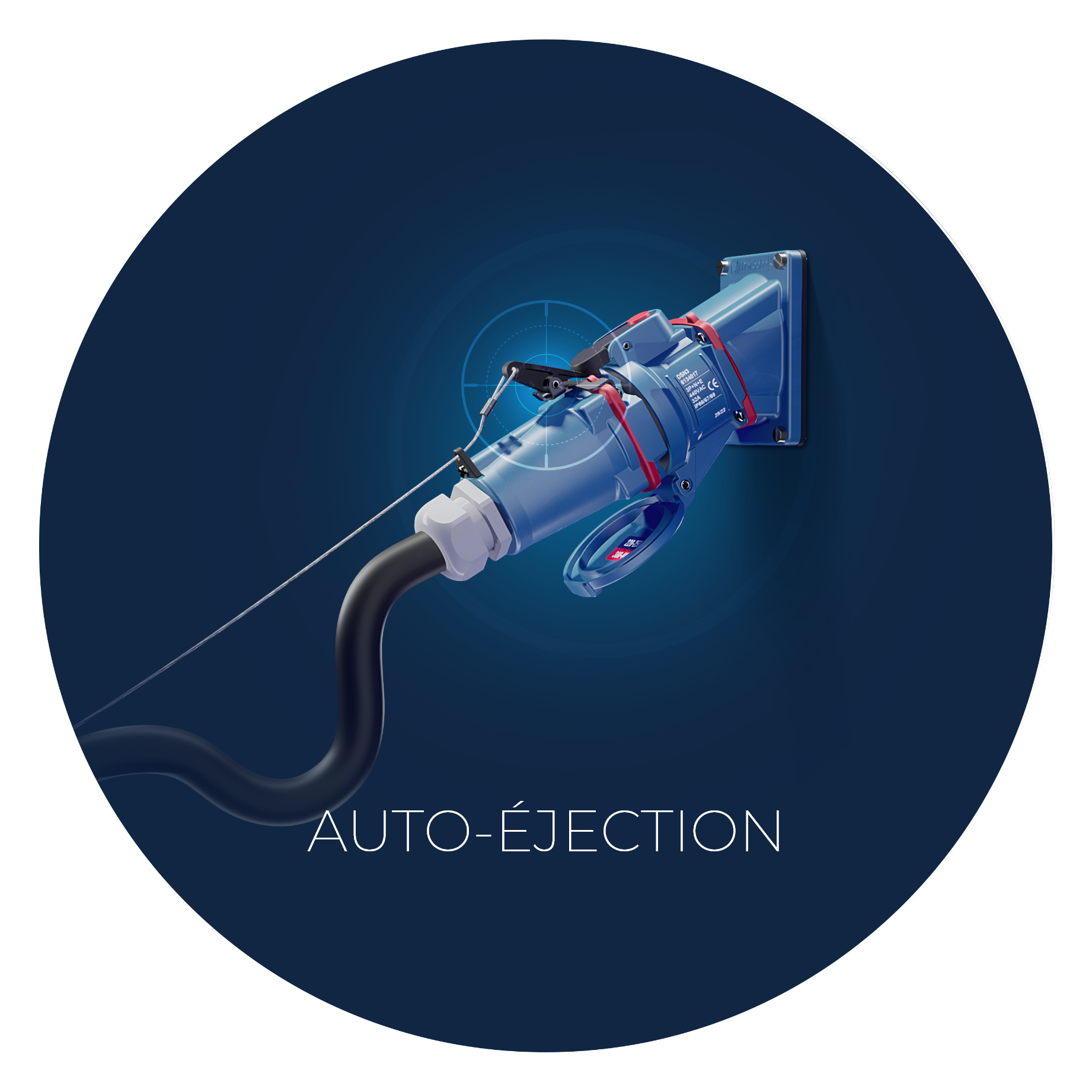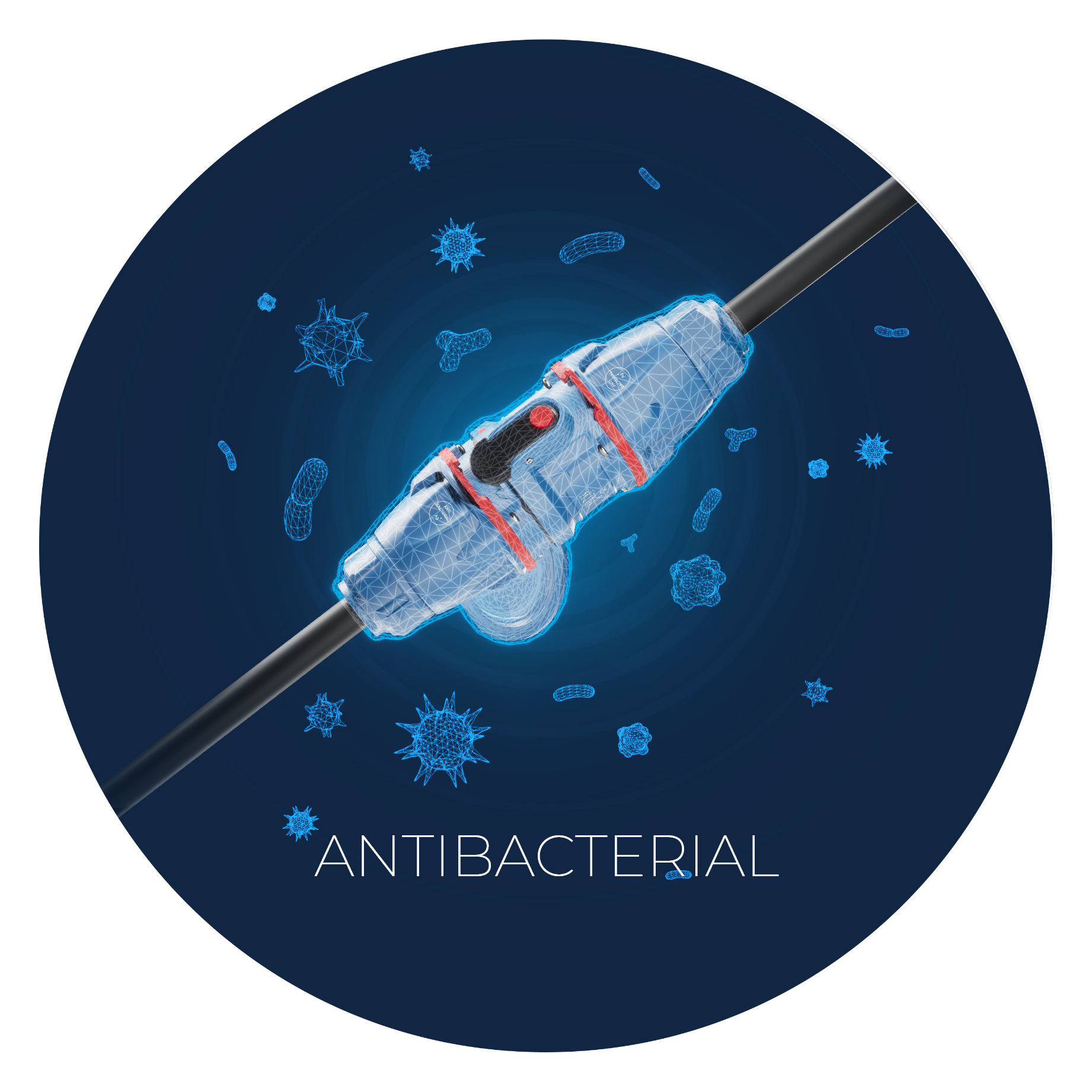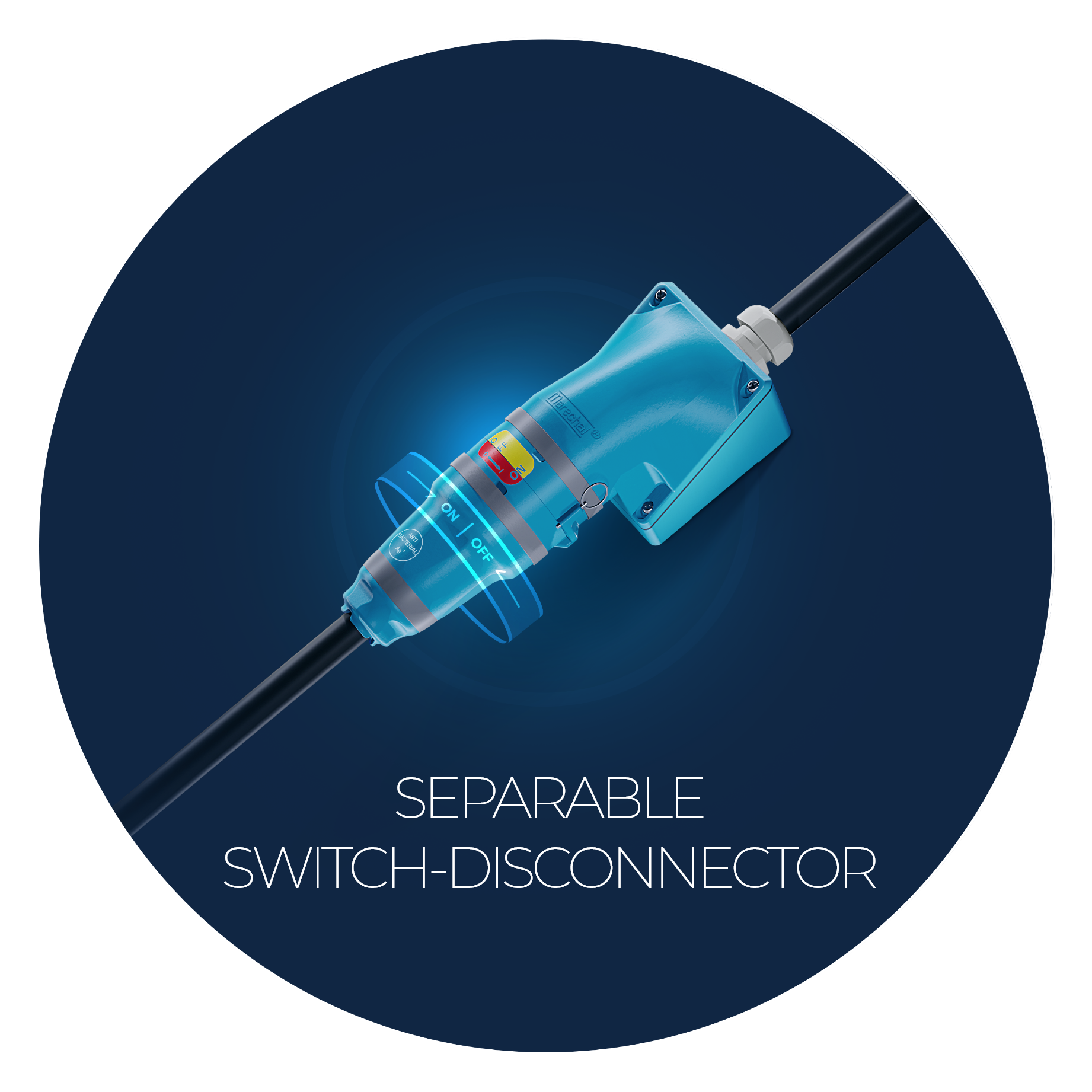Equipment intended to operate in potentially hazardous atmospheres must:
- Prevent the formation of an arc which could ignite the surrounding atmosphere or contain the ignition
- Resist shocks, with higher requirements than those imposed on conventional industrial equipment
- Not be able to accumulate electrostatic charges that could generate a spark
- Have a maximum temperature below the auto-ignition of the surrounding atmosphere
When designing equipment, it is necessary to consider the type(s) of protection appropriate for equipment intended to be installed in potentially explosive atmospheres by taking one of the following actions:
- Removal of the explosive atmosphere
- Removal of the ignition source
- Ensure non-propagation of the ignition
